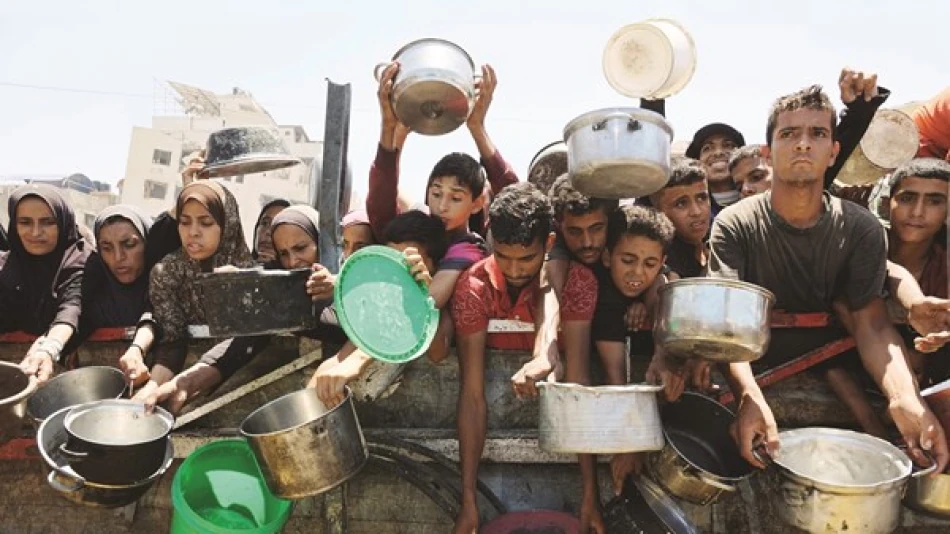
Gaza's Children Facing Unprecedented Mortality Crisis, UNICEF Warns
Gaza's Children Face "Unprecedented" Death Rate as Famine Claims 169 Lives
UNICEF has issued a stark warning that children in Gaza are dying at unprecedented rates amid widespread famine and deteriorating conditions, as the Israeli military operation enters its second year. With 93 children among 169 confirmed famine deaths and over 18,000 children killed since October 7, 2023, the humanitarian crisis has reached what UN officials describe as a critical crossroads that will determine whether tens of thousands more children live or die.
UN Official Witnesses "Deep Suffering" on Fourth Gaza Visit
Ted Chaiban, UNICEF's Deputy Executive Director, delivered a sobering assessment following his fourth visit to Gaza since the conflict began. "Children in Gaza are dying at an unprecedented rate, and signs of deep suffering and hunger are clear on their faces," Chaiban stated, emphasizing the gulf between media coverage and ground reality.
"You see the images in the news and know what happened, but it's much harder when you're there. The signs of deep suffering and hunger are clear on the faces of families and children," he explained, highlighting how the crisis has evolved beyond immediate conflict casualties to systematic humanitarian collapse.
Famine Deaths Surge as Aid Access Remains Restricted
Gaza health authorities reported seven new famine-related deaths in a single 24-hour period, including one child, bringing the total famine death toll to 169 victims—with children comprising 55% of these deaths. The statistics reveal a humanitarian disaster that extends far beyond direct military casualties.
The crisis has created what aid workers term "breadline massacres," with 39 Palestinians killed and 849 injured in the past day alone while attempting to access humanitarian aid. Since the conflict began, 1,422 people have died and over 10,067 have been injured while seeking basic necessities—a phenomenon that underscores how survival itself has become deadly.
Critical Supply Gap Threatens Mass Starvation
UNICEF officials emphasize that at least 500 trucks daily must enter Gaza through all available routes to prevent mass starvation, yet current aid flows fall dramatically short of this requirement. This supply gap represents more than logistical challenges—it reflects the intersection of military operations with civilian survival needs in one of the world's most densely populated areas.
The humanitarian crisis has created a cascading effect where medical facilities struggle to treat both conflict injuries and malnutrition cases simultaneously. Gaza's healthcare system, already strained by ongoing bombardment, now faces the additional burden of treating preventable diseases linked to food insecurity and poor sanitation.
International Response Under Scrutiny as Death Toll Climbs
With total casualties reaching 60,430 deaths and 148,722 injuries according to Gaza health authorities, the international community faces mounting pressure to address what UN officials characterize as a preventable humanitarian catastrophe. The situation has evolved from acute emergency to systematic collapse of basic life-support systems.
Gaza health authorities have called for immediate international intervention, warning that the humanitarian crisis continues to deteriorate dangerously amid ongoing blockade conditions and severe shortages of food and medical supplies. The appeal comes as winter approaches, potentially exacerbating conditions for a population already pushed to survival limits.
The current crisis represents one of the most severe child mortality events in recent humanitarian history, with implications extending beyond immediate casualties to long-term developmental and psychological impacts on survivors in the densely populated coastal enclave.
 Layla Al Mansoori
Layla Al Mansoori







